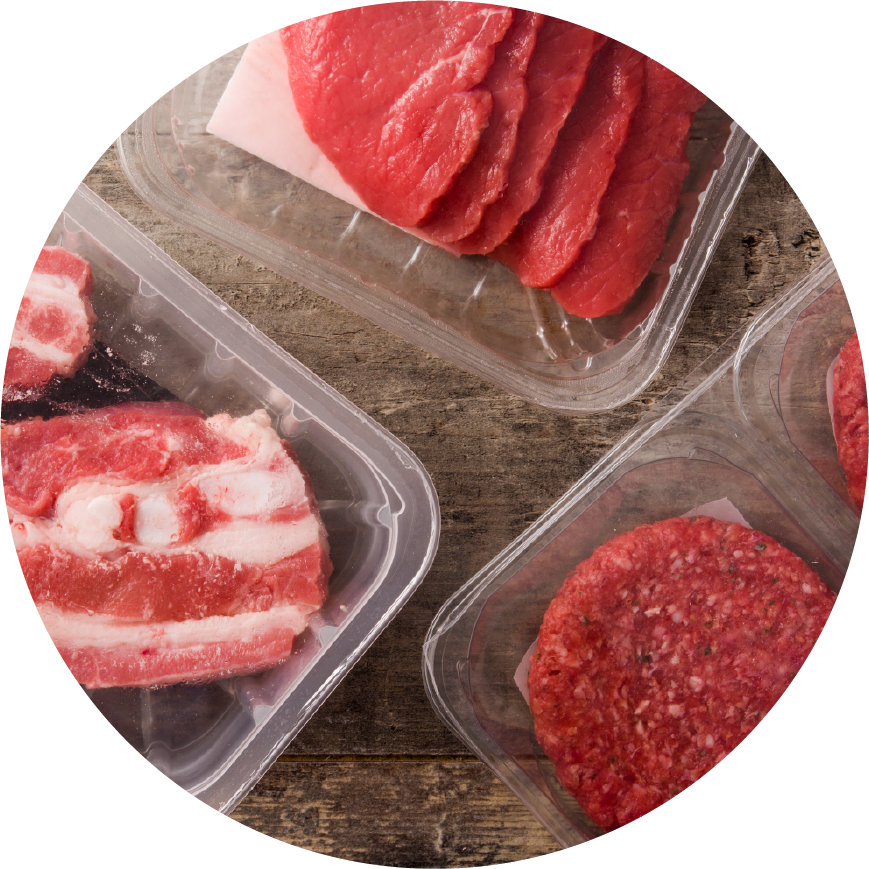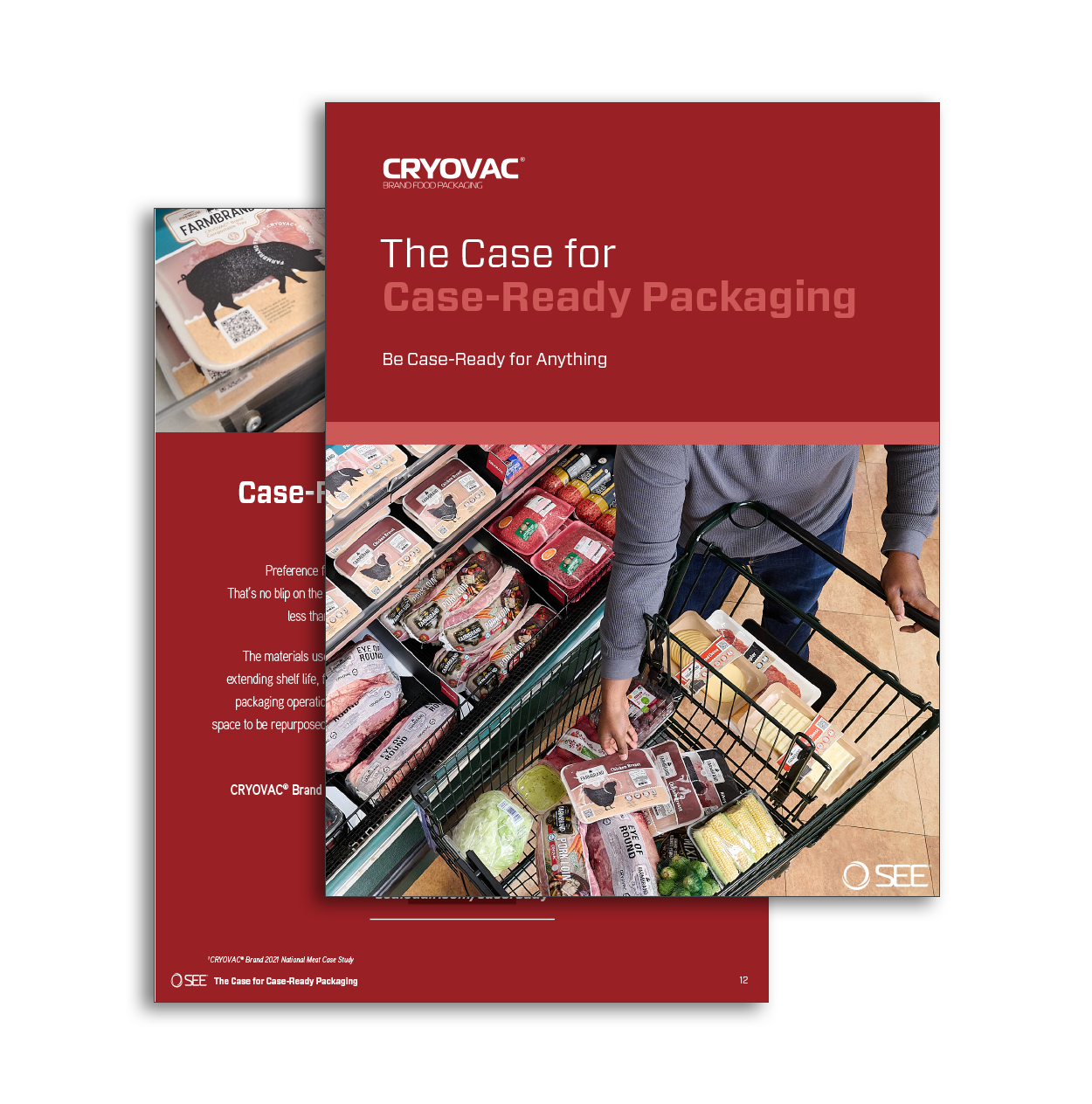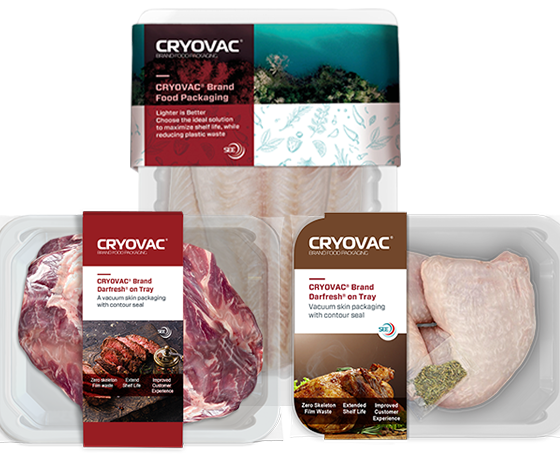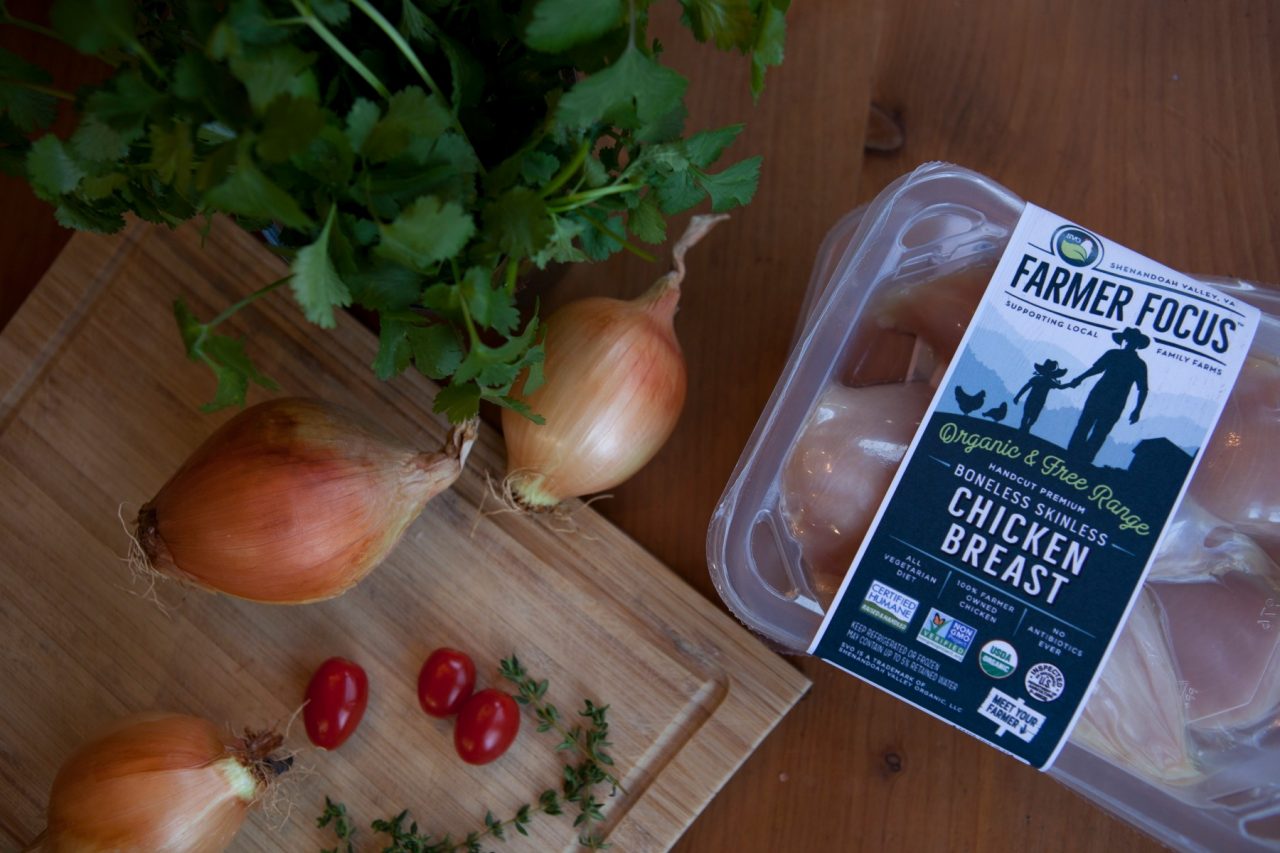
CRYOVAC® brand Case-Ready Solutions prepare you for anything that lies ahead.
Common Challenges Faced by Food Retailers
Demand and Labour Uncertainty
Cost and Food Waste Management
Environmental Concerns
In the wake of a global pandemic, shoppers of all demographic sets are changing their habits in ways we never predicted. This has had a particularly large impact on retail grocery – from how shops handle, store and distribute products, to the workload and duties of store employees, to dealing with supply disruptions that have left shelves empty and shoppers frustrated.
Economic experts are quick to point out that we aren’t likely to "return to normal" but going forward, we will be defining what's "normal" under a new set of rules. If one of the key takeaways from this shifting environment was that the global food supply wasn't prepared to handle changes of this scale and speed, what does that mean for retailers dependent on this supply chain?
It means now, more than ever, you need to stay flexible and pivot when needed, whether that’s responding to demand or labour constraints, addressing shrink or complying with environmental regulations or consumer concerns about safety.
CRYOVAC Case-Ready Packaging Can Help You

Stay Ahead of Uncertainty
The environment for retail grocery is undergoing some serious shifts. Record-low unemployment and the impact of a global pandemic have disrupted the reliability of the supply chain. Once-loyal brick-and-mortar shoppers have embraced E-commerce technology at rates much faster than previously predicted. Competition for acquiring and keeping skilled labour has never been more intense.

Manage Shrink to Maximise Profitability
While new competitive pressures, technological advances and evolving consumer attitudes and behaviours continue to drive change, forward-thinking grocers must also remain focused on managing shrink and profit optimisation. That’s especially true on the perimeter, where the quality and freshness of perishable items like fresh meats provides one of the last-remaining areas that can drive customer loyalty.

Offer Sustainable Solutions
As governments around the world rush to establish quotas and implement laws intended to protect the environment, the packaging industry and our customers are under pressure to offer sustainable solutions. At Sealed Air, we emphasise use of Life Cycle Thinking (LCT) in our approach to designing, developing, making and selling sustainable packaging.
FEATURED RESOURCES


MANUFACTURER'S GUIDE
The Case for Case-Ready Packaging
Shifts in consumer preferences and shopping habits at the meat counter are changing the way retailers and processors handle, store, and distribute products. Download our e-book for key trends and post-pandemic shopper insights that make the case for case-ready packaging.
FEATURED SOLUTION


Vacuum Skin Packaging
CRYOVAC® brand Darfresh Portfolio
CRYOVAC® vacuum skin packaging is well suited for high-quality, case-ready products. The "second skin" helps preserve freshness and extend shelf life, while sealing tightly and free of tension. Product presentation remains optimal and holds firmly in place without the need to worry about leaks or purge. Ideal for fresh meats, poultry, seafood and cheese for retail, E-commerce or meal kits.

Celebrating 80 years of innovative food packaging solutions and service

How a Packaging Change Led to a 4X Increase in Sales
When poultry producer Shenandoah Valley Organic wanted to communicate quality and environmental responsibility through packaging, they wisely chose CRYOVAC brand vacuum skin packaging to replace foam tray with overwrap. The results speak for themselves.

New for Processors in Asia and Europe
CRYOVAC® brand DM100 Darfresh Machine
Introducing the CRYOVAC® DM100 for creating tray / skin packaging for high-quality, case-ready products. Offered as an affordable, entry level tabletop system, the plug-and-play DM100 makes it easy for processors looking to enter the case ready market or respond quickly to changing customer demands. Ideal for fresh meats, poultry, seafood, and cheese for retail, e-commerce, or meal kits.


How a Packaging Change Led to a 4X Increase in Sales
When poultry producer Shenandoah Valley Organic wanted to communicate quality and environmental responsibility through packaging, they wisely chose CRYOVAC brand vacuum skin packaging to replace foam tray with overwrap. The results speak for themselves.



